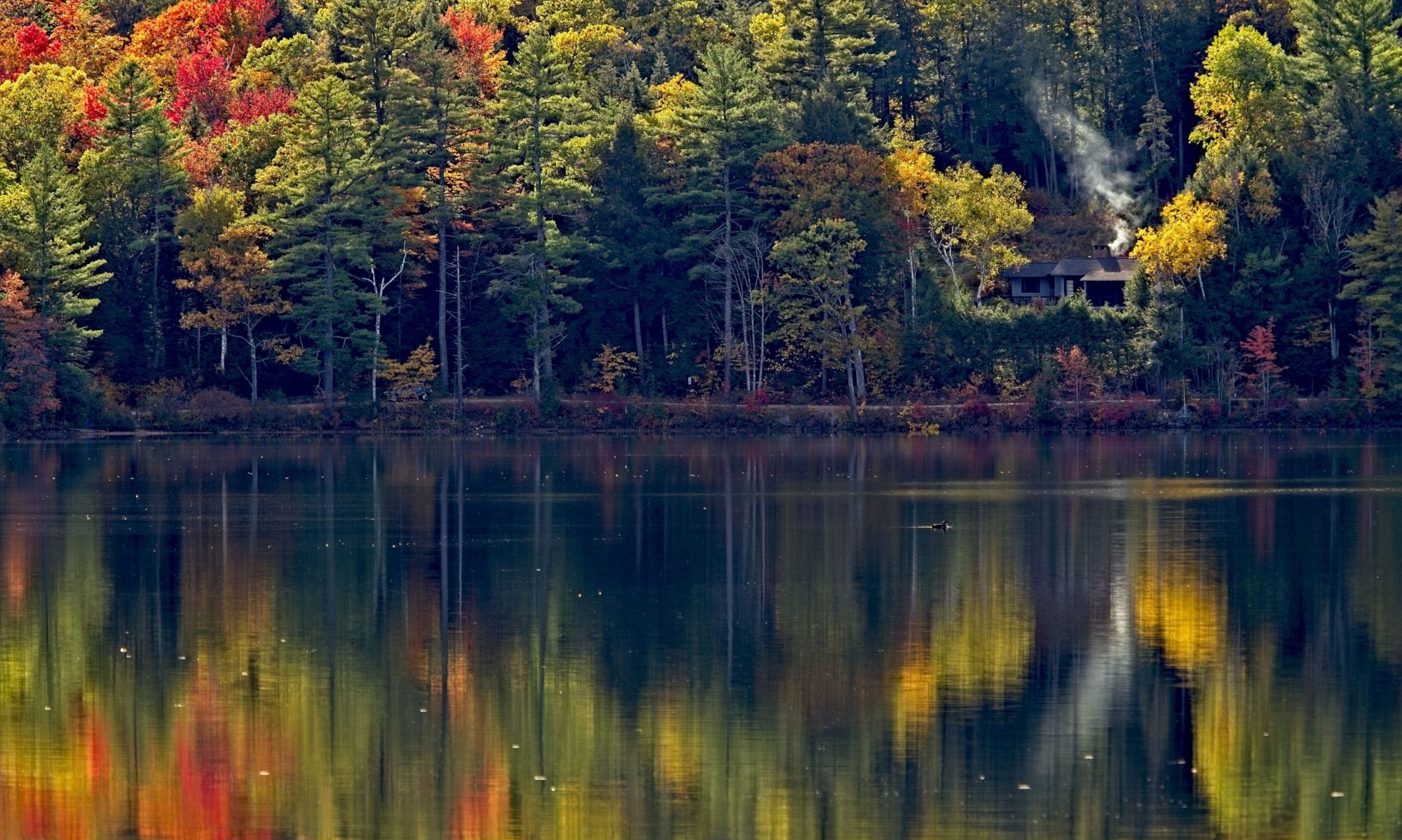Active D-lighting is a new feature found in the D300, as well as the D3 I believe. Basically, it’s a way for the camera to optimize the image as you shoot. I’m really boiling it down here but it will enhance the dynamic range of an image to make the photo look more like you eye sees the world. Ken Rockwell has a much better explanation on his D300 review, an excellent resource. It’s the place I go for the real scoop on all things photographic.
Anyways, when you have Active D-Lighting enabled, the camera will not allow you to buffer any more then 12 shots, regardless of which image type or quality level you choose. This equals about 14 images taken before the camera slows down to about 1 frame per second. I can shoot 14 RAW images or 14 of the smallest and lowest quality jpegs the camera will create. In the time it takes for my camera to shoot 12 shots (~2 seconds) it has time to copy two of them off to the CF card, making space for the two additional shots before the slowdown. For a few minutes I was quite bewildered as to why my camera was performing so poorly, on the large, ‘Fine’ quality jpegs that I keep my camera set to make the manual says I should be able to easily put 100 images in the buffer.
After some searching through the manual and setting poking I did a ‘soft’ reset to the camera. I call it soft not because Nikon calls it that but because I don’t know what Nikon calls it. It’s a custom settings reset in reality. After that, which is as simple as choosing it from the menu, the camera was able to fly through the shots. I thought.. great.. some kind of firmware glitch. So I went back through the camera and remade all of my custom settings one by one to see if they made a difference. After I re-enabled Active D-Lighting the 12 frame buffer was back with a vengeance.
In retrospect, it makes sense. I’m asking the camera to do a good deal of extra processing to the image with Active D-Lighting is enabled and it’s understandable that that would cause some overhead. It would have been nice however if the Nikon Manual mentioned this on the pages about buffer size and the number of shots in a burst.
So, there you have it.
Topslakr
